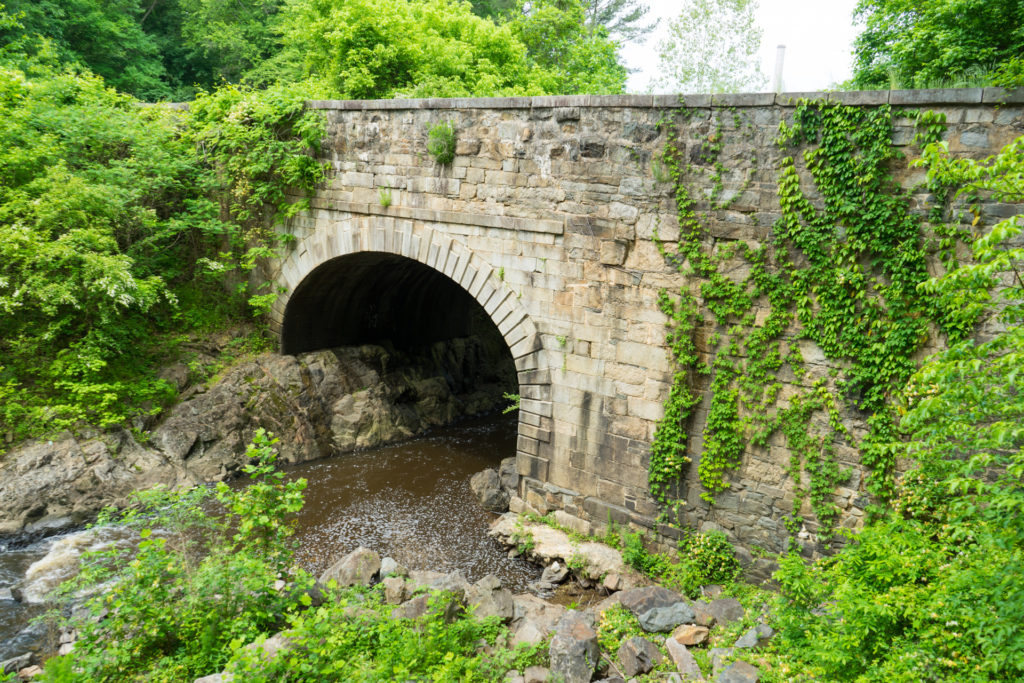Audio Tour

The Roanoke Canal Trail and its contributing resources tell the history of transportation on the Roanoke River from the early 1800s to today. Segments of the canal that remain intact today include portions of the 39 foot wide channel, its 10 foot wide tow path, the original aqueduct and one of the stone culverts. In 1976, the canal, the tow path, and the canal structures were added to the National Register of Historic Places There is a wonderful variety of wildlife and plants that visitors can enjoy when hiking or cycling the Roanoke Canal Trail. Deer, fox and other wildlife are residents of the wooded areas along the trail and the Roanoke River. Different plants in the area include the Atlantic ispyrm, Lewis heartleaf, Sessile-flowered trillium and stinging nettle. The Roanoke Canal Trail also serves as a site on the North Carolina Coastal Plains Birding Trail, which is an effort to direct birding tourists to the region and help stimulate sustainable economic growth in these communities.